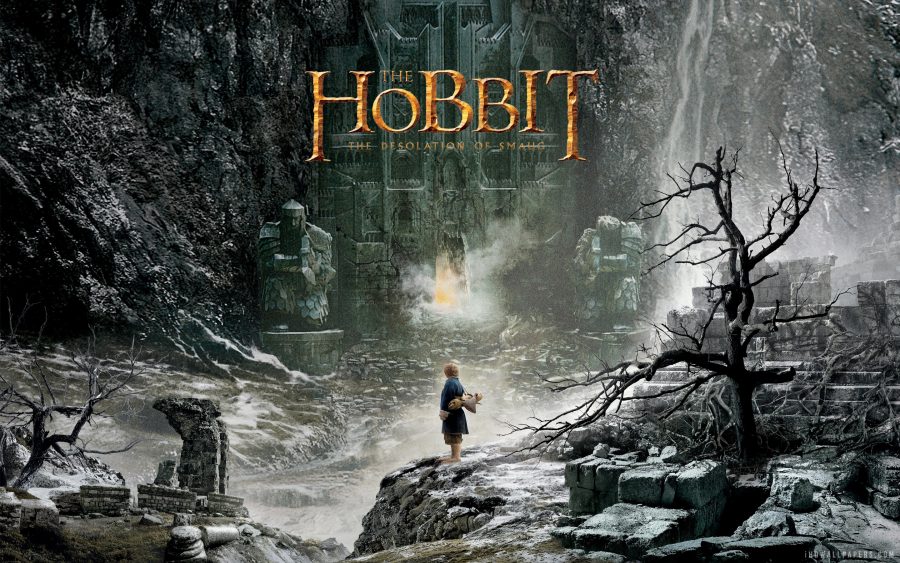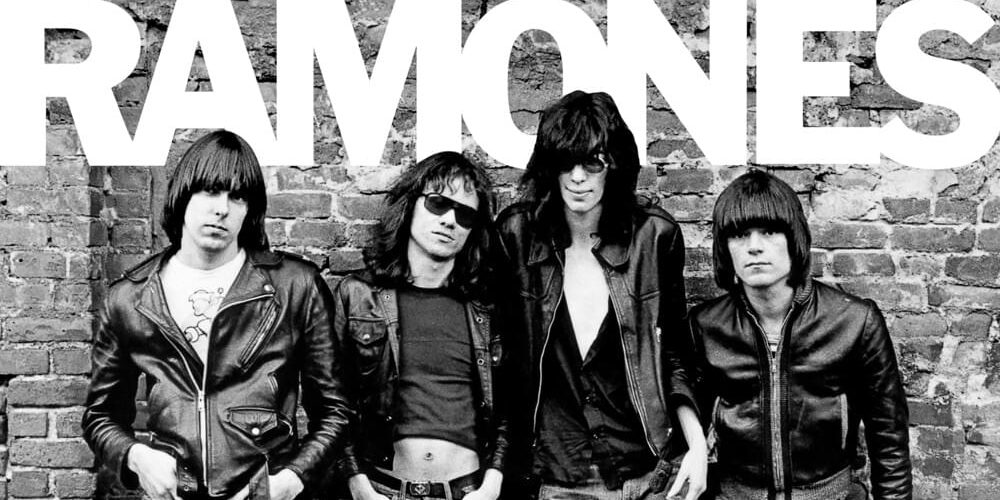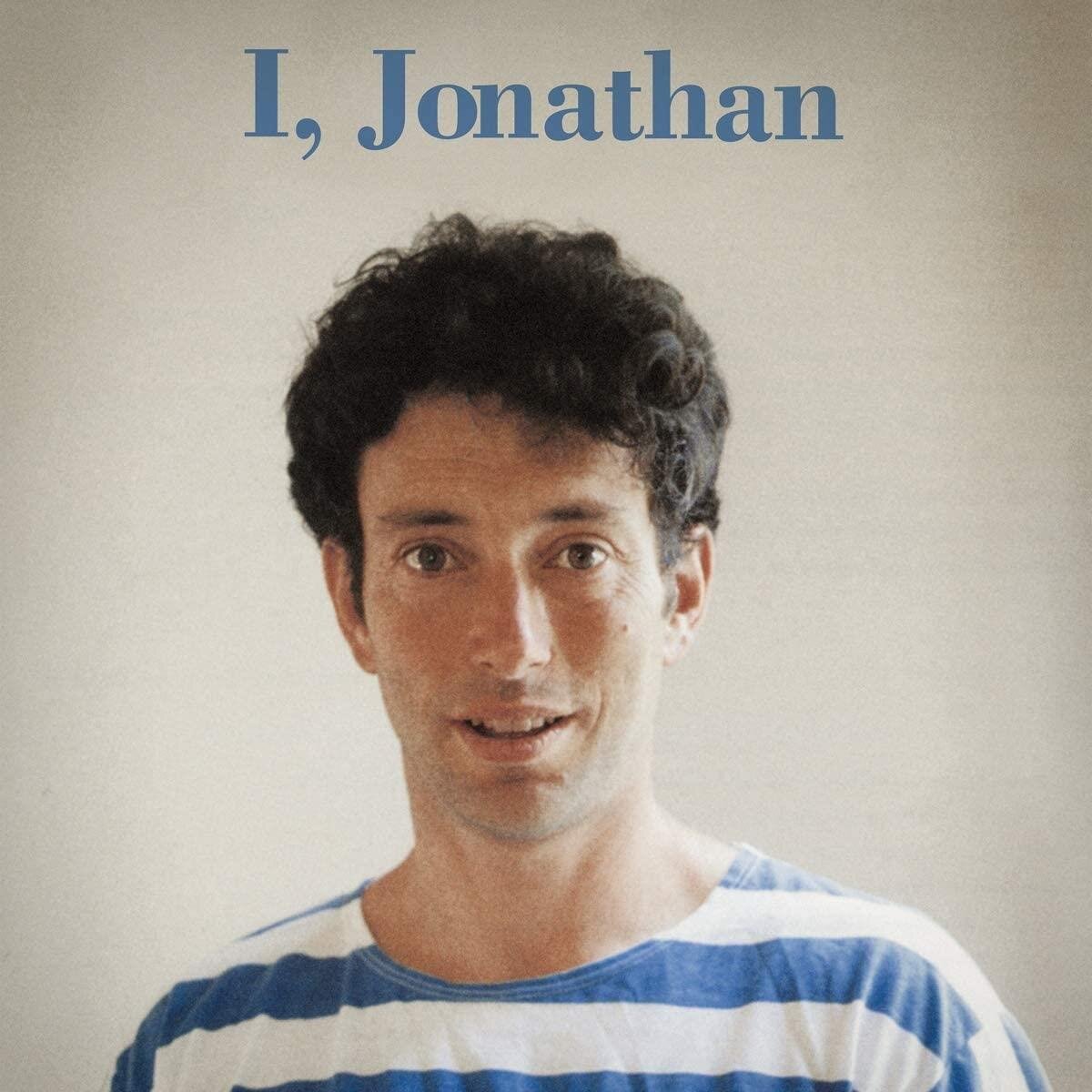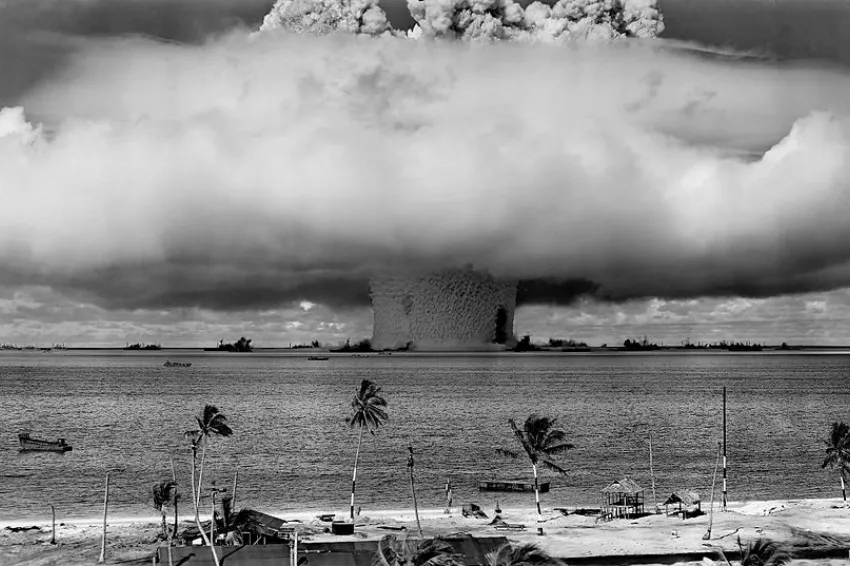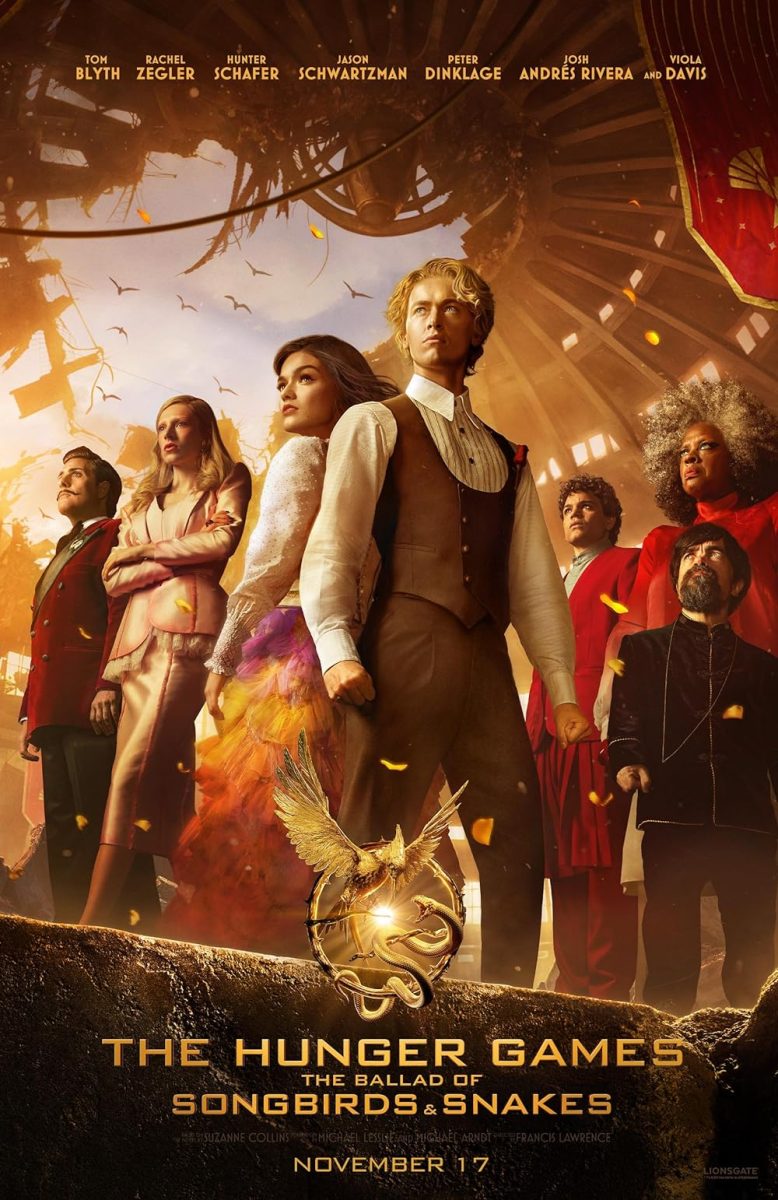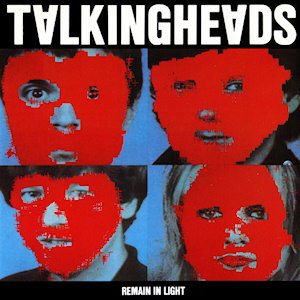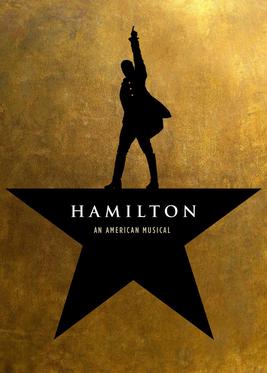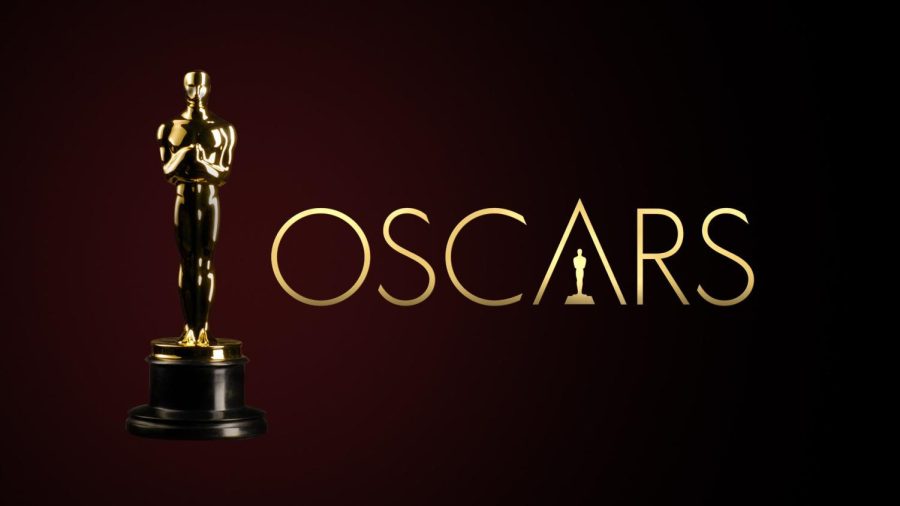
Hassan Sayed ’15
Last year, the first movie in The Hobbit film trilogy, An Unexpected Journey, was met with lukewarm reviews from critics. While the acting was outstanding, the movie felt bloated, as Bilbo Baggins would say, “like butter scraped over too much bread.” There were also complaints about visuals, with viewers saying that the CGI in the movie was overused and felt too synthetic, while the introduction of 48 frames per second viewing, a deviation from the film standard of 24 frames per second, only helped to boost that heavily video-game-like, synthetic feel.
However, everything changes for the better in the second film, The Desolation of Smaug.
Firstly, this movie was viewed in 3D XD at the Cinemark Theatre in Valley View. Unlike the reviewer saw it last year, it was seen in 48 FPS*. Off the bat, a very distinct difference is seen with the higher frame rate; the picture is much clearer, smoother and more detailed. Contrary to the reports from the previous film, the HFR did not at all detract from the movie experience. The 3D was also enjoyable, with many of the larger scenes carrying a sense of awe that would not be possible without 3D.
The film begins with a prologue scene which helps to lay the groundwork for the objective that must be achieved in this movie: for the thirteen dwarves, led by Thorin Oakenshield, and Bilbo Baggins to reclaim the dwarf kingdom of Erebor from the firedrake Smaug. The prologue scene transitions into the dwarves and company being chased yet again by orcs yet again as they move towards the house of Beorn, the skin changer. Not much time is spent at Beorn’s house, though the acting and other small details surrounding it are incredible. Enormous bees buzz around the screen and Beorn himself, played by Mikael Persbrandt, has sense of mysticism and ambiguity which strengthens his character. Afterwards, the dwarves head into the forest of Mirkwood, where they are deserted by Gandalf as he heads off on his own path. The scenes in Mirkwood were satisfactory, though some of the iconic scenes from the book were omitted; however, they should be added in the extended edition of the film. The scene where the company is attacked by spiders is perfect in regards to how the source material was manifested on the screen, such as the finer touches, which included Bilbo’s ability to here the spiders speak when he wears The One Ring.
http://video1.nytimes.com/video/2013/12/18/25145_1_spiders-clip_wg_16x9_xxxl_hb_mm.mp4
Past this point, the plot review will be cut short so as not to give away any spoilers. The acting throughout the rest of the movie is splendid, as is the level of excitement and tension that builds up throughout the film until its climax at the very end. Some of the plot additions, however, are not welcome. While the storyline with Gandalf and Dol Guldur is a welcome addition, derived from Tolkien’s appendices, some of the romance that manifests itself is a bit overblown. Furthermore, some of the more subtle moments in the book are improvised upon or changed. However, complaints with romance and alteration of the source material is not so much speaking as a critic as it is from the viewpoint of a Tolkien purist. However, while many of these additions would not fit in Tolkien’s Middle-Earth, they certainly fit fine in with Peter Jackson’s Middle-Earth.
The level of design and work that went into crafting the locations, creatures, costumes, sets, and aesthetics in this movie are unparalleled. Places such as the Woodland Realm and Laketown are incredibly detailed and bear a powerful sense of otherworldliness that is well desired from such a fantasy movie. One of the issues with the previous movie was that much of the territory that was (literally) charted by the main characters had already been seen in The Lord of the Rings trilogy, and so, visiting these places did not bring that same sense of wonderment that they would otherwise. However, by going into new lands of Middle-Earth, these problems are all put to the side. Combined with Peter Jackson’s sweeping shots and vistas, some of which last longer than a minute, and the outstanding soundtrack composed by Howard Shore, which features many new themes and even Indonesian Javanese Gamelan instruments (in Smaug’s theme), the movie achieves an enormous, epic scope.
And then there is Smaug, Smaug the Terrible, Smaug the Magnificent, who is easily one of the most powerful and amazing animated figures in the history of film. The immense amount of work that went into crafting him is simply outstanding, courtesy of WETA Digital. He in no way feels synthetic, rather he is even more immense and stupendous than one would imagine. Simply seeing him in 3D on such a large screen is breathtaking, and the voice work by Benedict Cumberbatch is absolutely perfect. The way he moves through the mountain, down to even the minute changes of his eye colour or the heaving of his chest as he breathes, is glorious. His dialogue with Bilbo is mostly preserved from the book, and the whole entire experience with Smaug is spectacular down to the last second of the movie, which leaves the audience hanging in enormous suspense.
While The Desolation of Smaug might be disappointing plot-wise to Tolkien purists, its incredible attention to detail and high level of acting build a thrillingly fantastic world of Middle-Earth into which the viewer enters.
I Am Fire; I Am Death: A Review of The Hobbit: The Desolation of Smaug
December 20, 2013
More to Discover
